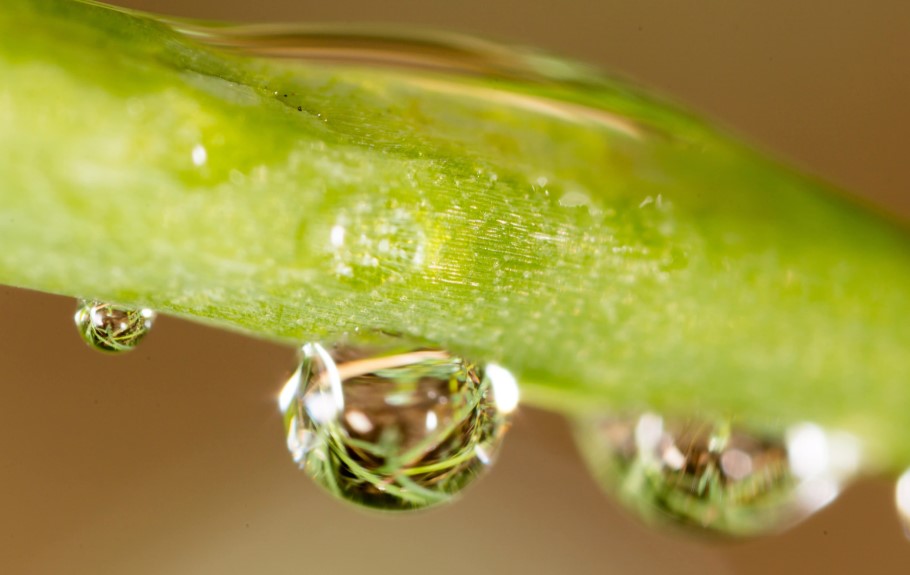Did you know that geckos have tiny little hairs on their feet, so that they can stick to even and very smooth surfaces? They use these special structures on their toes to climb up walls and windows. Do they use a special glue for that? When you have a closer look, these toes are completely glue-free. They stick to the wall due to the nano-sized structures that creates a special bonding. Scientists all over the world are trying to learn more about the geckos’ toes to use it, for example, for robots that can climb houses and rescue people from burning buildings. Understanding this and other examples from nature helps design new materials for our lives. Nano is everywhere.
Practical relevance – This is what you will need the knowledge and skills for
Here you will find out, that nature uses nanotechnology for amazing features of animals and plants. And that we as humans are very eager to learn from them. Moreover, you will see, that even when you are not aware, nanotechnology can pop up in your everyday life. From brushing your teeth, to cleaning your sink, to what you are wearing. After going through this unit you will be amazed on how often you will walk by everyday items and think: This works because of nanotechnology!
Overview of learning objectives and competences
In the first learning objective we will have a look at what nanotechnologists can learn from mother nature. The following learning objectives will highlight nanotechnology in the different areas of everyday life. From applications in kitchens and homes to functional textiles and use in cosmetics, nanomaterials appear frequently in our regular lives.

